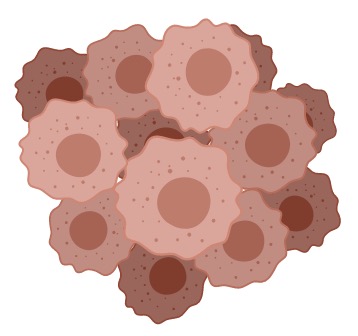| 1 |
25889023 |
Association of human papillomavirus 16 E6 variants with cervical carcinoma and precursor lesions in women from Southern Mexico. |
Mutation
|
| 2 |
33660963 |
Distribution of human papillomavirus genotypes in women with high-grade cervical intraepithelial lesions and cervical carcinoma and analysis of human papillomavirus-16 genomic variants. |
Mutation
|
| 3 |
33238632 |
E6/E7 Sequence Diversity of High-Risk Human Papillomaviruses in Two Geographically Isolated Populations of French Guiana. |
Mutation
|
| 4 |
31906371 |
Analysis of Human Papillomavirus (HPV) 16 Variants Associated with Cervical Infection in Italian Women. |
Mutation
|
| 5 |
31231420 |
Abundance of HPV L1 Intra-Genotype Variants With Capsid Epitopic Modifications Found Within Low- and High-Grade Pap Smears With Potential Implications for Vaccinology. |
Mutation
|
| 6 |
30583341 |
Phylogeny and Classification of Human Papillomavirus (HPV)16 and HPV18 Variants Based on E6 and L1 genes in Tunisian Women with Cervical Lesions |
Mutation
|
| 7 |
30578936 |
Identification of human papillomavirus type 16 variants circulating in the Calabria region by sequencing and phylogenetic analysis of HPV16 from cervical smears. |
Mutation
|
| 8 |
27977741 |
Analysis of Sequence Variation and Risk Association of Human Papillomavirus 52 Variants Circulating in Korea. |
Mutation
|
| 9 |
27610192 |
Molecular analysis of human Papillomavirus detected among women positive for cervical lesions by visual inspection with acetic acid/Lugol's iodine (VIA/VILI) in Libreville, Gabon. |
Mutation
|
| 10 |
11308254 |
Variation in the E2-binding domain of HPV 16 is associated with high-grade squamous intraepithelial lesions of the cervix. |
Mutation
|
| 11 |
25793187 |
Prevalence of human papillomavirus variants and genetic diversity in the L1 gene and long control region of HPV16, HPV31, and HPV58 found in North-East Brazil. |
Mutation
|
| 12 |
25735347 |
Mutation detection of E6 and LCR genes from HPV 16 associated with carcinogenesis. |
Mutation
|
| 13 |
24236186 |
Genetic variation of human papillomavirus type 16 in individual clinical specimens revealed by deep sequencing. |
Mutation
|
| 14 |
24150786 |
Functional effects of sequence variations in the E6 and E2 genes of human papillomavirus 16 European and Asian variants. |
Mutation
|
| 15 |
23136059 |
Geographical distribution and oncogenic risk association of human papillomavirus type 58 E6 and E7 sequence variations. |
Mutation
|
| 16 |
23124863 |
Codon 72 polymorphism of p53 and HPV type 16 E6 variants as risk factors for patients with squamous epithelial lesion of the uterine cervix. |
Mutation
|
| 17 |
22911739 |
Characterization and whole genome analysis of human papillomavirus type 16 e1-1374^63nt variants. |
Mutation
|
| 18 |
16960775 |
Human papillomavirus type 33 polymorphisms and high-grade squamous intraepithelial lesions of the uterine cervix. |
Mutation
|
 Overview of HPV associated High grade squamous intraepithelial lesion
Overview of HPV associated High grade squamous intraepithelial lesion